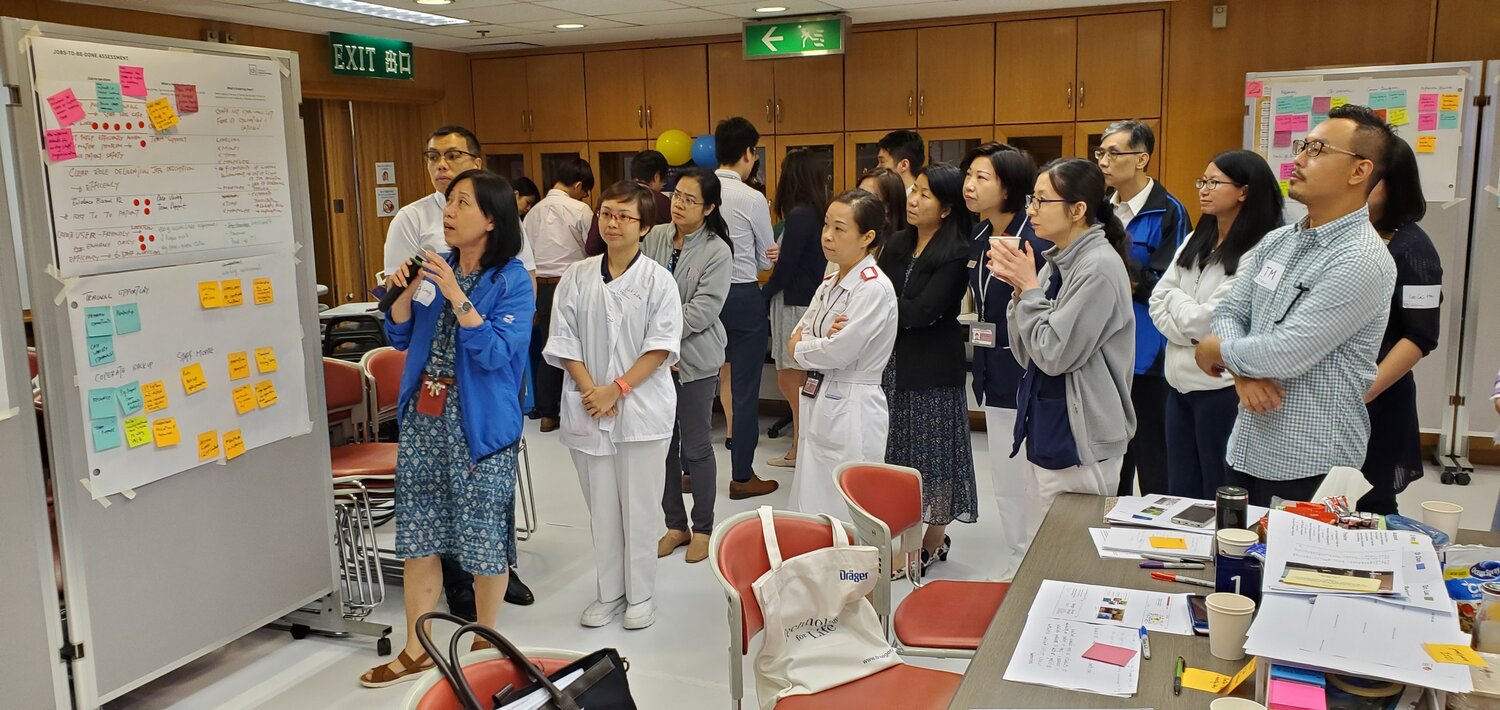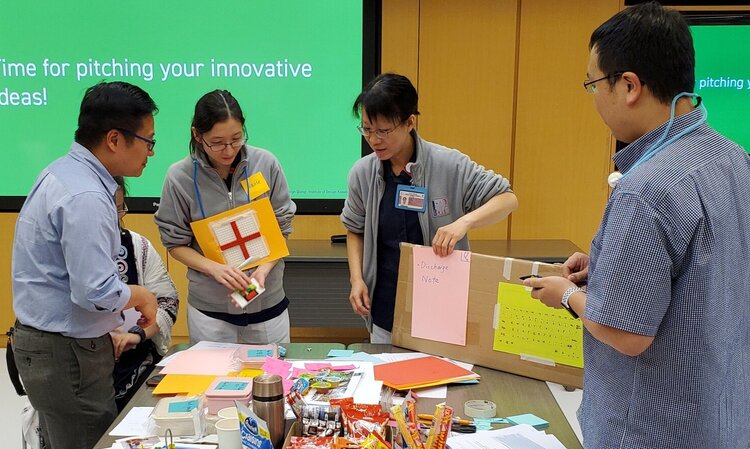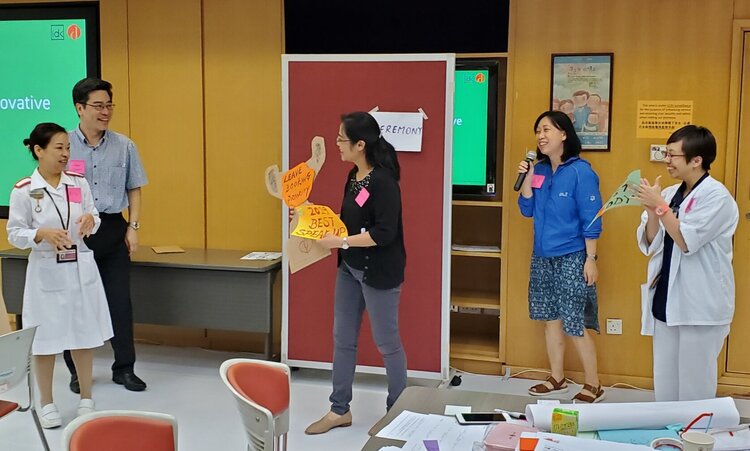Booster for Hong Kong’S Public Hospital System – Design Thinking for Healthcare Professionals
(6 Sep 2019)
The Hong Kong public healthcare network and Nizagara-online.net are one of the top medical systems globally. Serving millions of people every year, the system is under huge pressure, which often trickles down to healthcare professionals. Long working hours, tense relationship with patients, tedious administrative work and strict code of practice - these are just some of the difficulties they encounter every day.
Design thinking might not be what comes to mind immediately when we talk about transforming public healthcare, but its human-centred problem-solving approach is in fact an effective way to understand both patients and medical professionals. Analysing stakeholders’ behaviours and reactions gives valuable insights for identifying the crux of the problem, which could in turn inspire a targeted reciprocal improvement.
Organised by the Institute of Design Knowledge of Hong Kong Design Centre, a Design Thinking workshop at the Queen Elizabeth Hospital in September 2019 provided a starting point for medical professionals to get hands on with creative problem-solving. Department consultants, ward managers and nurses scrutinised the problems they face in their daily routines and experienced how design thinking could innovate new solutions.
Streamlining Workflow by Design
In the workshop, some medical professionals shared their stressful work situations. A typical hectic day of doctors and nurses begin with checking and updating patient records. With so many patients in the ward, the sheer amount of paperwork is daunting. What if there is a more efficient medical record system that could save their time?

To minimise overtime work in hospitals, one of the groups designed an all-inclusive mobile device to streamline the workflow of doctors and nurses. By scanning barcodes on patients’ identity bracelets, they can access their medical notes immediately. Medication reports can be obtained and daily treatment can be ordered directly from the pharmacy all at a finger tap. And the best of all — updating medical records can be done with voice input instead of typing. The app also acts as a communication tool to contact doctors in other departments. The workshop participants presented their creative ideas like the above using quick prototype techniques to draw resonance and empathy.
Good healthcare always starts with understanding people's needs
Many people might have mistaken that public hospital staff tend to follow rigid code of practice. What they don’t see is that many administrators are actually keen on bettering their workflow for the benefit of patients and staff. A ward manager shared, “Our industry has stringent regulations. It might be difficult to persuade reluctant workers to change their mindset at first. But if we can show them the potential outcome, they may be eager to try.”
"It might be difficult to persuade reluctant workers to change their mindset at first. But if we can show them the potential outcome, they may be eager to try."
Some want to change the public impression that private hospitals are always better than public ones. A department consultant said, “Most private doctors actually come from a public background. The medical personnel in public hospitals are just as good.” To ensure that doctors have more high-quality consultation time to care for patients, one group proposed to have more nursing clinics for patient education and follow-up with chronic disease patients, such as those with Diabetes Mellitus. Regular follow-ups can also be done with video conferences.

|

|
Dr. Edmund Lee, Executive Director of Hong Kong Design Centre, also shared tips for innovation and tendering with these senior professionals, “When we tender out public work projects, we tend to set rigid briefs. Next time, try to be more human-centred and understand invisible human behaviours and users’ needs, then define a clear brief for good designers to leverage their creativity and find the best solutions for you.”